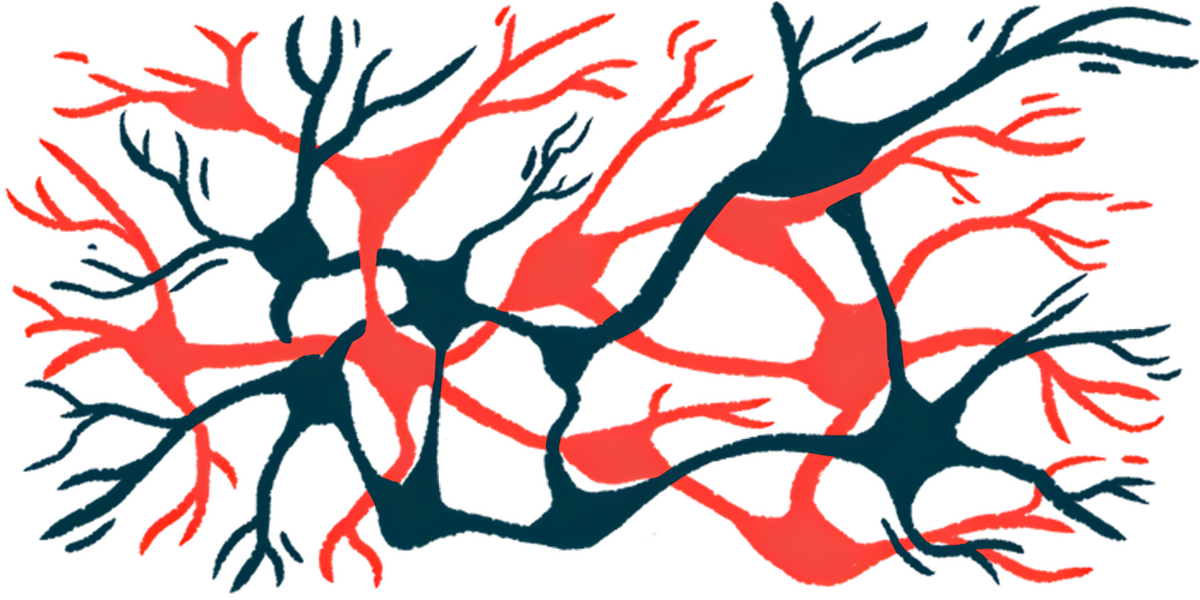New targeted approach protects neurons from degeneration: Study
Strategy may help 'change the trajectory' of diseases like Parkinson's

U.S. researchers have identified a novel way to block a protein known as DLK, or dual leucine-zipper kinase, that may offer a promising strategy to protect neurons from degeneration — which, the team notes, could pave the way for safer and more precise treatments for neurodegenerative conditions like Parkinson’s disease.
Specifically, the scientists, from the Lewis Katz School of Medicine at Temple University, say their work suggests targeting a specific lipid modification, known as palmitoylation, on the DLK protein.
Palmitoylation, which involves the attachment of fatty acid molecules to proteins, enables DLK to initiate harmful signals in response to nerve injury, ultimately triggering cell death. Selectively disrupting this modification could be a way to block DLK’s pro-degenerative signaling without affecting its normal function, according to the researchers.
“By uncovering a more precise way to protect neurons, [our researchers] are paving the way for treatments that could truly change the trajectory of neurodegenerative diseases,” Amy J. Goldberg, MD, dean of the Katz School of Medicine, said in a university press release.
The study, “Inhibiting acute, axonal DLK palmitoylation is neuroprotective and avoids deleterious effects of cell-wide DLK inhibition,” was published in the journal Nature Communications.
Novel approach involves blocking protein known as DLK
Neurodegenerative conditions such as Parkinson’s and Alzheimer’s disease are marked by the gradual loss of nerve cells as a result of ongoing disease-related damage.
When axons — the long extensions of nerve cells that transmit electrical signals — are injured, DLK, which acts as an axonal stress sensor, detects the damage and sends signals to the cell body. This, in turn, triggers stress responses that can ultimately lead to cell nerve death.
In chronic neurodegenerative diseases, sustained DLK activation can drive the progressive loss of neurons, further accelerating disease progression.
Thus, targeting DLK to protect neurons has emerged as a promising therapeutic approach to slow disease progression. However, broad inhibition of DLK has also been linked to unintended side effects, such as disruption of the cytoskeleton — cells’ internal support structures — and the development of sensory neuropathy, a condition marked by damage to nerves that sense touch, temperature, or pain.
These effects suggest that DLK not only mediates stress signaling but also maintains structural integrity in healthy axons, according to the scientists.
“We therefore considered the possibility that more refined strategies to inhibit specific pools of DLK … might afford neuroprotection without cytoskeletal disruption. In particular, our prior work revealed that DLK is … modified with the lipid palmitate,” the researchers wrote.
The team noted that palmitoylation helps DLK to anchor to fatty membranes of tiny transport carriers called axon trafficking vesicles after detecting damage. This allows DLK to essentially hitchhike a ride from axons back to the neuron’s nucleus, where it can start its prodegenerative signaling.
Thus, “pharmacologic block of palmitoyl-DLK dependent signaling might serve as an alternate neuroprotective strategy,” the researchers wrote.
DLK found to play role in degeneration of neurons in new research
To confirm DLK’s role in maintaining neuronal structure, the team grew nerve cells in the lab and blocked DLK activity using an inhibitor. This led to abnormal clumping of structural proteins like NF-200 and Tuj1 along axons, as well as accumulation of VAMP2, a protein involved in transporting molecules within the cell. Such effects suggest disruption of cellular structure and transport function.
DLK itself was present at these clumping sites, suggesting its intrinsic role in maintaining axonal cytoskeletal integrity.
Next, the team explored whether DLK’s involvement in neuronal damage depended on palmitoylation. When they induced stress in nerve cells by depriving them of nutrient factors, known as trophic deprivation, or TD, DLK became acutely palmitoylated and was recruited to axonal vesicles. Blocking palmitoylation prevented DLK ‘s movement to these vesicles and dampened DLK-driven stress signaling.
Our results … reveal a highly promising alternative approach to target … DLK, which could serve as a therapeutic strategy that circumvents issues associated with global DLK inhibition.
Based on these findings, the researchers screened more than 28,000 compounds to identify those that could selectively prevent DLK palmitoylation and its recruitment to axonal vesicles without impairing DLK’s general function or causing cytoskeletal disruption.
Among them, 33 compounds stood out for their ability to reduce DLK’s palmitoylation-dependent localization in non-neuronal cells. Only two of them, however, could reduce DLK-dependent signaling in nerve cells and protect neurons against degeneration induced by prolonged TD.
Importantly, these compounds did not affect the palmitoylation of other axonal proteins. Also, they didn’t disrupt the axonal cytoskeleton like broad DLK inhibitors.
When injected into the eyes of mouse models, the compounds significantly reduced retrograde degenerative signaling in the retina, indicating their potential to protect nerve cells in living systems.
“Our results thus reveal a highly promising alternative approach to target specific pools of palmitoyl-DLK, which could serve as a therapeutic strategy that circumvents issues associated with global DLK inhibition,” the researchers concluded.








